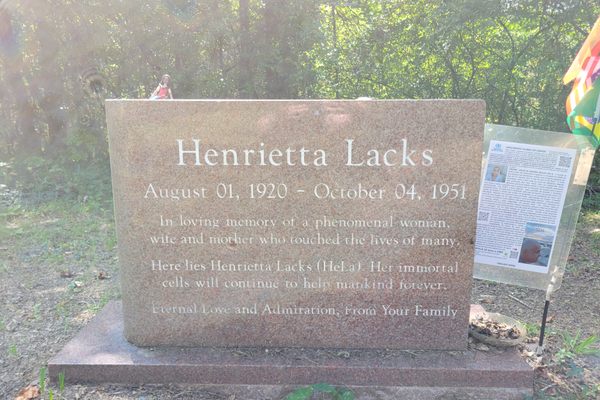About
Born in Ontario, Canada, with the name Ska-Run-Ya-Te, Moses Carpenter was a First Nations man from the Mohawk tribe. In the 1880s, he journeyed across the pond to England, where he traveled through the country as part of a snake oil salesman's entourage. It was here that he adopted an English name and reportedly converted to the Church of England.
Carpenter, along with other First Nations and Native American migrants, entertained crowds with a man who called himself “Sequah” and claimed to be a Native American medicine man selling various health tonics, which he touted could cure an assortment of ails. In reality, “Sequah” was an Englishman named William Hannaway Rowe. As part of Rowe’s sales pitch, members of his caravan attracted crowds by letting him pull their teeth and apply potions to their bodies in an attempt to prove his curious concoctions worked.
As it turns out, Rowe’s tonics couldn’t cure all they claimed. Carpenter fell ill with a severe bout of pneumonia while traveling through Middlesbrough and soon died. Thousands of kindly locals, likely enamored by the traveling act, showed up to escort his funeral procession. One man was so moved by Carpenter's passing that he offered to tend the grave for the rest of his days. A local girl wrote the poem that is inscribed on the stone.
Interest in the grave continues, and it is often adorned with a range of tributes, including feathers, astrological and spiritual symbols.
Related Tags
Know Before You Go
Enter at the southeastern gate of the cemetery, through two stone pillars, near the Ayresome Green Lane/Roman Road/St. Barnabas Road junction.
Turning right onto the tarmac path, look out for a dirt path on the left, and a marker numbered 18 on the right. Turn left onto the dirt path, and the grave is easily seen on the right, complete with interpretive board.
On street parking is available on the cemetery side of Ayresome Green Lane.
Published
January 15, 2018
























